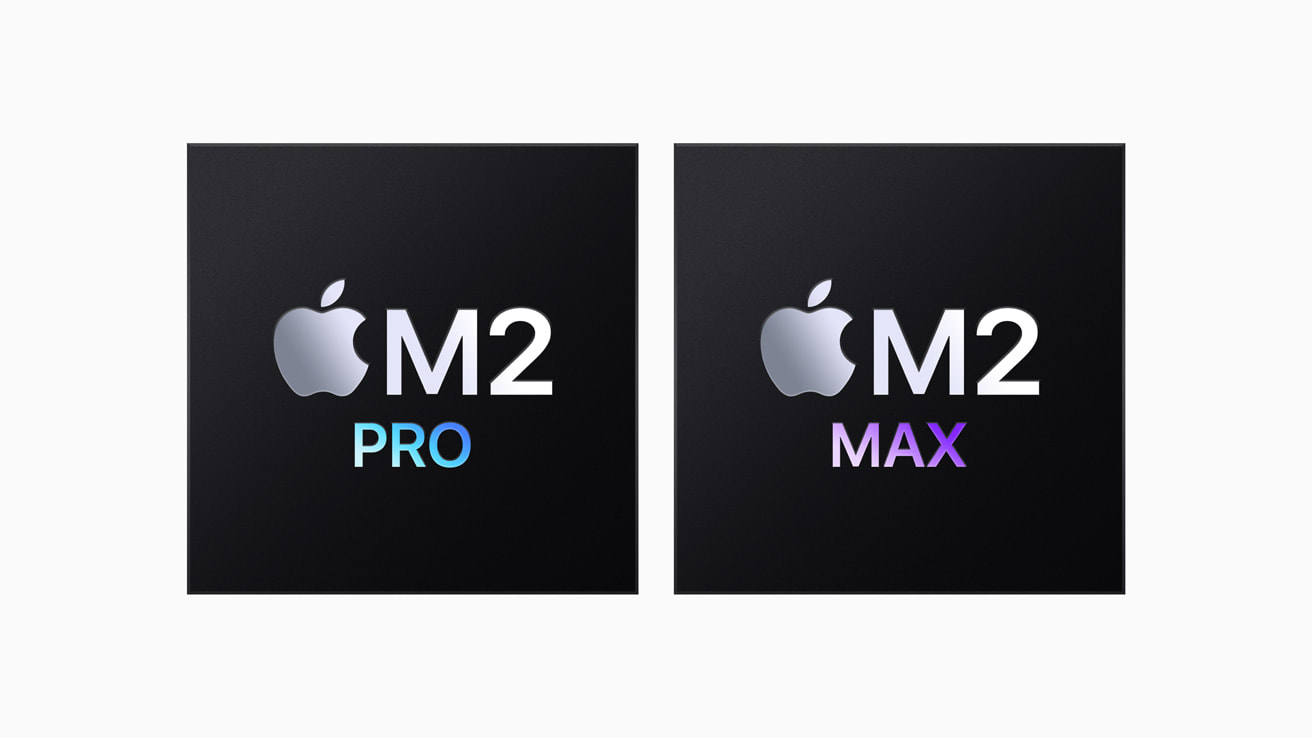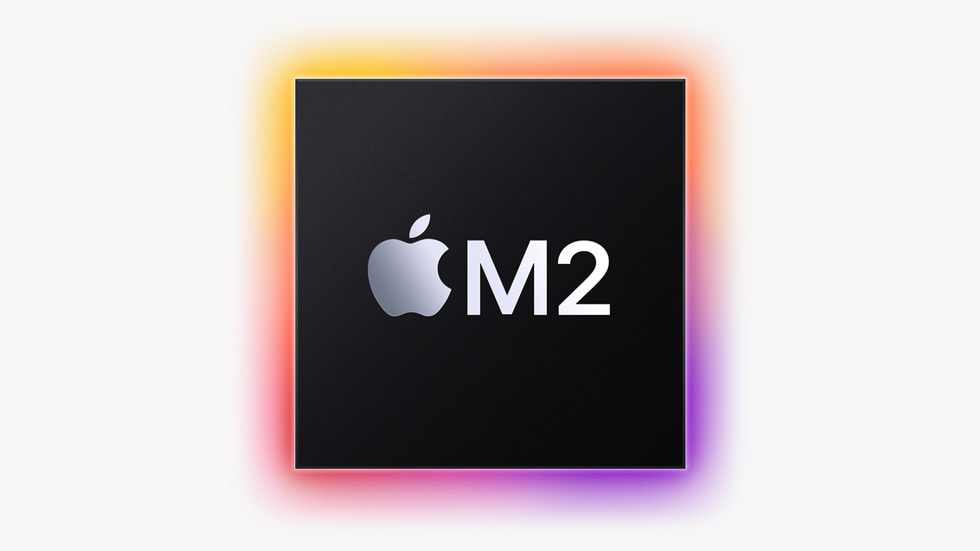Description
Apple Silicon, introduced with the M1 chip in late 2020, marked a significant shift in the company’s approach to hardware design. Transitioning from Intel processors to its own custom ARM-based architecture, Apple aimed to enhance performance while maintaining energy efficiency across its lineup of Mac computers. The M1 chip featured an 8-core CPU, integrating high-performance cores alongside energy-efficient ones, which allowed users to tackle demanding tasks like video editing and gaming while also maximizing battery life. This innovative architecture resulted in unprecedented performance gains in both single-threaded and multi-threaded applications, making the M1 a game-changer for professionals and casual users alike.
Building on the success of the M1, Apple introduced the M2 chip in 2022, further elevating the performance standards of its devices. The M2 brought improvements in processing power, graphics performance, and memory bandwidth, designed to meet the demands of next-generation applications and workflows. With features like a 10-core GPU and support for up to 24GB of unified memory, the M2 device lineup catered to creative professionals engaged in tasks like 3D rendering and high-resolution video editing. Apple’s ongoing development of its Silicon chips reaffirms the company’s commitment to not only enhancing the user experience but also securing its position as a leader in the technology industry.
The advantages of Apple Silicon extend beyond raw performance; they also encompass a tight integration of hardware and software. With macOS optimized for M1 and M2 chips, users experience smoother performance, faster application launches, and seamless multitasking capabilities. Moreover, the introduction of Rosetta 2, which enabled users to run Intel-based applications on M1 and M2 machines, showcased Apple’s dedication to a seamless transition for developers and users alike. This strategic move not only solidified Apple’s ecosystem but also underscored its vision of creating a more cohesive and efficient computing experience that maximizes the capabilities of its hardware. As Apple continues to innovate in the realm of Silicon, the future of computing looks more promising than ever.





